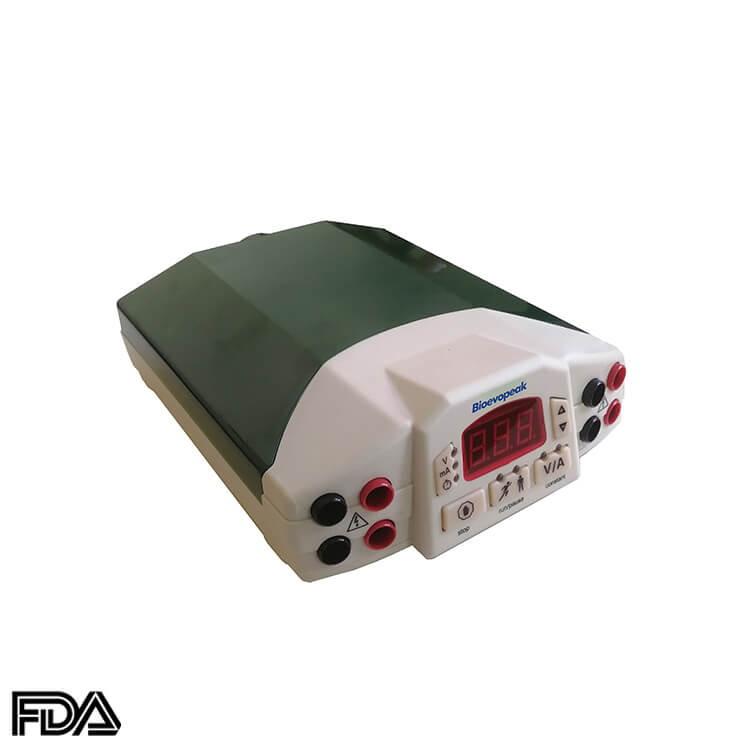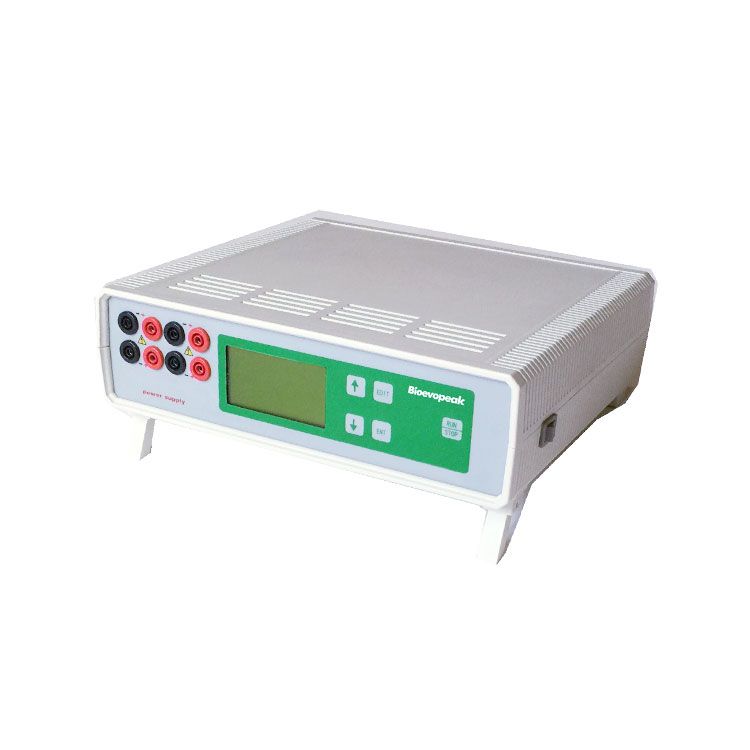Hi.
I 'd like to upgrade my design of such a DC voltage power supply that currently, to reduce power losses on the pass element, uses SCR controlled rectifier. The SCR is fired when the difference between the output and smoothing cap is less than about 10 volts.
This method has two main disadvantages.
1. Needs a rather bulky transformer to isolate main power.
2. Produces nasty pulses (of about 0.1 to 5 Hz) on the rectifier that are also audible on the transformer itself as ticks that user notice it.
3. Those rapid pulses will eventually reduce the life of smoothing capacitor.
I 'd prefer total SMPS solution with a smaller ferrite transformer, but the wide adjustable output is something that could not find how to do it.
Any ideas welcome.
Thank you
Ioannis
I 'd like to upgrade my design of such a DC voltage power supply that currently, to reduce power losses on the pass element, uses SCR controlled rectifier. The SCR is fired when the difference between the output and smoothing cap is less than about 10 volts.
This method has two main disadvantages.
1. Needs a rather bulky transformer to isolate main power.
2. Produces nasty pulses (of about 0.1 to 5 Hz) on the rectifier that are also audible on the transformer itself as ticks that user notice it.
3. Those rapid pulses will eventually reduce the life of smoothing capacitor.
I 'd prefer total SMPS solution with a smaller ferrite transformer, but the wide adjustable output is something that could not find how to do it.
Any ideas welcome.
Thank you
Ioannis



